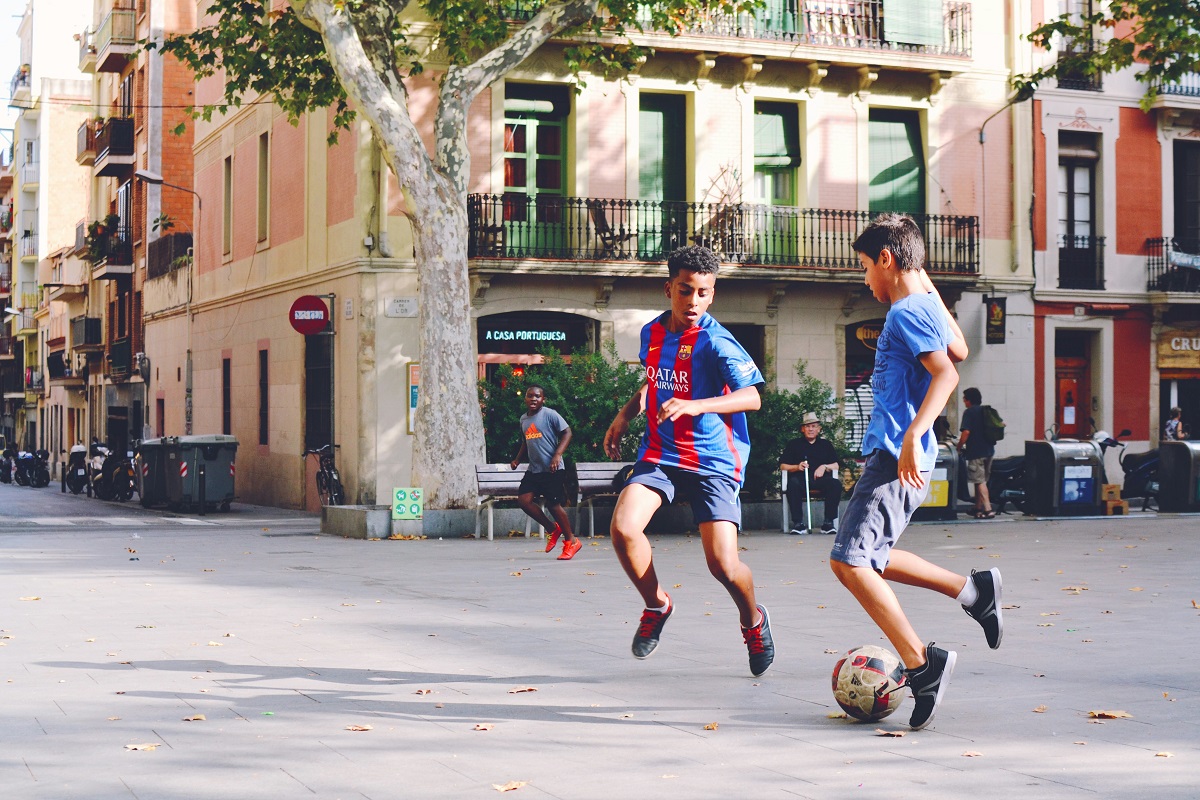
Learning Spanish opens the door to a world of fascinating nuances and grammatical structures. Among these is the imperfect tense, a key member of the past tense family. Mastering the imperfect tense enables you to describe ongoing or habitual actions in the past, setting the stage for vibrant storytelling and clear communication. Let’s dive into all you need to know about this versatile verb tense.
What Is the Imperfect Tense?
In Spanish, the imperfect tense is used to describe actions in the past that were ongoing, habitual, or incomplete. While the preterite tense focuses on specific, completed actions, the imperfect provides background, setting, and added depth to past events.
For example:
Cuando era niño, jugaba al fútbol todos los días.
(When I was a child, I used to play soccer every day.)
Here, jugaba indicates a habitual action done in one’s childhood.
When to Use the Imperfect Tense
The imperfect tense is used in the following situations:
-
Describing Past Habits or Routines
The imperfect describes actions that continued over a period of time in the past.
Siempre comíamos pizza los viernes.
(We always ate pizza on Fridays.)
-
Setting the Scene
The imperfect sets the scene for stories by describing the time, weather, location, or feelings.
Era una noche oscura y lluviosa.
(It was a dark and rainy night.)
-
Ongoing Past Actions
Use the imperfect for actions in progress at a specific time in the past.
Estaba estudiando cuando me llamaste.
(I was studying when you called me.)
-
States or Conditions
The imperfect describes physical, mental, or emotional states in the past.
Ella estaba cansada después del trabajo.
(She was tired after work.)
-
Talking About Age and Time
The imperfect is standard when discussing someone’s age or the time in the past.
Tenía ocho años cuando aprendí a nadar.
(I was eight years old when I learned to swim.)
Eran las cinco de la tarde.
(It was five in the afternoon.)
How to Conjugate the Imperfect Tense
Conjugating verbs in the imperfect is straightforward. Spanish verbs are divided into three categories: -ar, -er, and -ir. Here’s how to conjugate them:
Regular Verbs
| Subject | -ar Verb (e.g., hablar) | -er Verb (e.g., comer) | -ir Verb (e.g., vivir) |
|---|---|---|---|
| Yo | hablaba | comía | vivía |
| Tú | hablabas | comías | vivías |
| Él/Ella/Usted | hablaba | comía | vivía |
| Nosotros/as | hablábamos | comíamos | vivíamos |
| Vosotros/as | hablabais | comíais | vivíais |
| Ellos/Ellas/Ustedes | hablaban | comían | vivían |
Irregular Verbs
Fortunately, there are only three irregular verbs in the imperfect tense:
Ser (to be):
era, eras, era, éramos, erais, eran
Ir (to go):
iba, ibas, iba, íbamos, ibais, iban
Ver (to see):
veía, veías, veía, veíamos, veíais, veían
Common Pitfalls to Avoid
-
Mixing up the Imperfect and Preterite
Remember, the preterite narrates completed actions, while the imperfect highlights ongoing or repeated ones.
Compare:
Ayer comí pizza. (Yesterday, I ate pizza.)
Cuando era niño, comía pizza cada semana. (When I was a child, I ate pizza every week.)
-
Forgetting Irregular Forms
Make sure to memorize the irregular verbs ser, ir, and ver. They’re essential for everyday conversation.
Tips for Mastering the Imperfect Tense
- Practice with Real-Life Scenarios: Describe a typical childhood day or narrate a memorable vacation.
- Listen and Read: Pay attention to the imperfect tense in Spanish songs, books, and TV shows to see how native speakers use it naturally.
- Drill Conjugations: Use flashcards or apps to reinforce regular and irregular conjugations.
- Practice with a Partner: Engage in conversational practice, focusing on past-tense storytelling.
Conclusion
The imperfect tense is a powerful tool for bringing the past to life in Spanish. Whether you’re reminiscing about childhood memories, setting the scene in a story, or discussing ongoing actions, mastering the imperfect tense will enrich your communication skills. Practice regularly, and soon it will feel like second nature.
So, what are your favorite ways to practice Spanish? Share them in the comments below!



